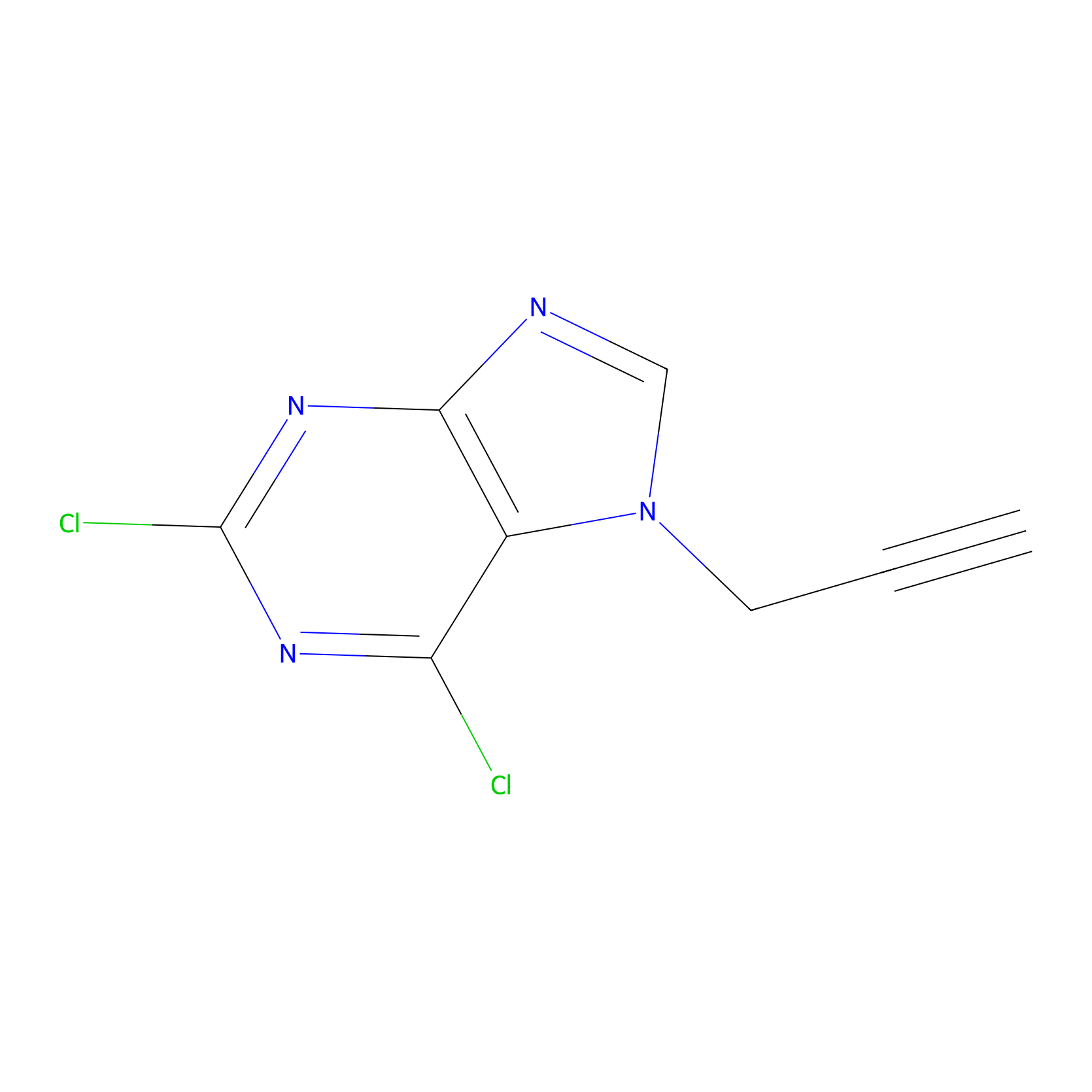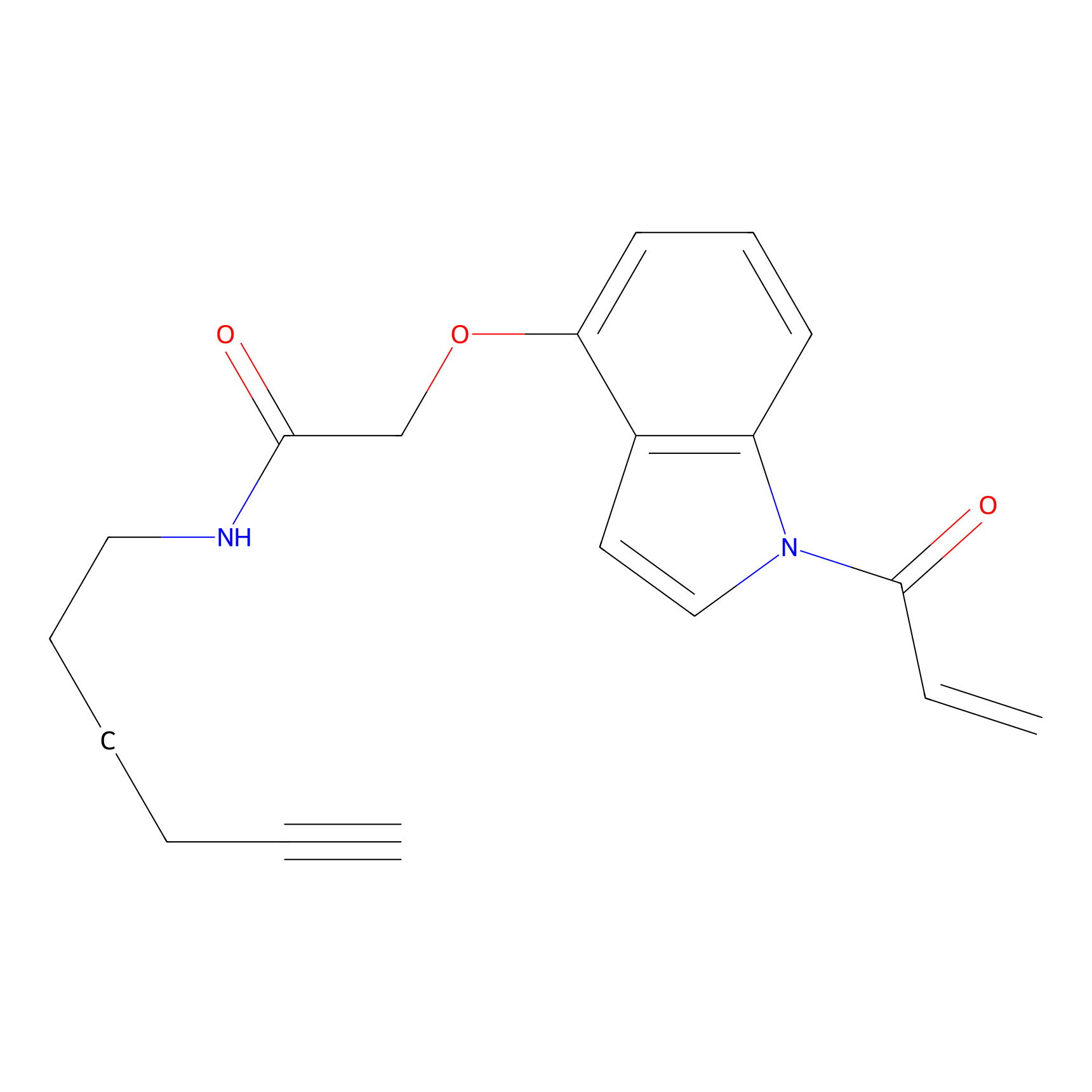Details of the Target
General Information of Target
| Target ID | LDTP15010 | |||||
|---|---|---|---|---|---|---|
| Target Name | Metabotropic glycine receptor (GPR158) | |||||
| Gene Name | GPR158 | |||||
| Gene ID | 57512 | |||||
| Synonyms |
KIAA1136; Metabotropic glycine receptor; mGlyR; G-protein coupled receptor 158 |
|||||
| 3D Structure | ||||||
| Sequence |
MSDVSTSVQSKFARLAKKKENITYMKREQLTETDKDIAPVLDLKCKDVSAIMNKFKVLME
IQDLMFEEMRETLKNDLKAVLGGKATIPEVKNSENSSSRTEFQQIINLALQKTGMVGKIE GENSKIGDDNENLTFKLEVNELSGKLDNTNEYNSNDGKKLPQGESRSYEVMGSMEETLCN IDDRDGNRNVHLEFTERESRKDGEDEFVKEMREERKFQKLKNKEEVLKASREEKVLMDEG AVLTLVADLSSATLDISKQWSNVFNILRENDFEPKFLCEVKLAFKCDGEIKTFSDLQSLR KFASQKSSVKELLKDVLPQKEEINQGGRKYGIQEKRDKTLIDSKHRAGEITSDGLSFLFL KEVKVAKPEEMKNLETQEEEFSELEELDEEASGMEDDEDTSGLEEEEEEPSGLEEEEEEE ASGLEEDEASGLEEEEEQTSEQDSTFQGHTLVDAKHEVEITSDGMETTFIDSVEDSESEE EEEGKSSETGKVKTTSLTEKKASRRQKEIPFSYLVGDSGKKKLVKHQVVHKTQEEEETAV PTSQGTGTPCLTLCLASPSKSLEMSHDEHKKHSHTNLSISTGVTKLKKTEEKKHRTLHTE ELTSKEADLTEETEENLRSSVINSIREIKEEIGNLKSSHSGVLEIENSVDDLSSRMDILE ERIDSLEDQIEEFSKDTMQMTKQIISKERQRDIEERSRSCNIRLIGIPEKESYENRAEDI IKEIIDENFAELKKGSSLEIVSACRVPSKIDEKRLTPRHILVKFWNSSDKEKIIRASRER REITYQGTRIRLTADLSLDTLDARSKWSNVFKVLLEKGFNPRILYPAKMAFDFRGKTKVF LSIEEFRDYVLHMPTLRELLGNNIP |
|||||
| Target Bioclass |
GPCR
|
|||||
| Family |
G-protein coupled receptor 3 family
|
|||||
| Subcellular location |
Cell membrane
|
|||||
| Function |
Metabotropic receptor for glycine that controls synapse formation and function in the brain. Acts as an atypical G-protein coupled receptor that recruits and regulates the RGS7-GNB5 complex instead of activating G proteins. In absence of glycine ligand, promotes the GTPase activator activity of RGS7, increasing the GTPase activity of G protein alpha subunits, thereby driving them into their inactive GDP-bound form. Glycine-binding changes the conformation of the intracellular surface, inhibiting the GTPase activator activity of the RGS7-GNB5 complex, promoting G protein alpha subunits into their active GTP-bound form and regulating cAMP levels. Also able to bind taurine, a compound closely related to glycine, but with a two-fold lower affinity. Glycine receptor-dependent regulation of cAMP controls key ion channels, kinases and neurotrophic factors involved in neuronal excitability and synaptic transmission. Plays a pivotal role in regulating mood and cognition via its ability to regulate neuronal excitability in L2/L3 pyramidal neurons of the prefrontal cortex. Also involved in spatial learning by regulating hippocampal CA1 neuronal excitability. Acts as a synaptic organizer in the hippocampus, required for proper mossy fiber-CA3 neurocircuitry establishment, structure and induces presynaptic differentiation in contacting axons via its interaction with GPC4. In addition to glycine, may also act as a receptor for osteocalcin (BGLAP) hormone: osteocalcin-binding initiates a signaling response that prevents neuronal apoptosis in the hippocampus and regulates the synthesis of neurotransmitters.
|
|||||
| Uniprot ID | ||||||
| Ensemble ID | ||||||
| HGNC ID | ||||||
| ChEMBL ID | ||||||
Probe(s) Labeling This Target
ABPP Probe
| Probe name | Structure | Binding Site(Ratio) | Interaction ID | Ref | |
|---|---|---|---|---|---|
|
AHL-Pu-1 Probe Info |
 |
C1007(2.12) | LDD0171 | [1] | |
|
NAIA_4 Probe Info |
 |
N.A. | LDD2226 | [2] | |
Competitor(s) Related to This Target
References
